Found these at our local World Market. Elgorriaga, the first chocolate company in Spain, has been making chocolates since 1770. The company started in Irún, Gipuzkoa.
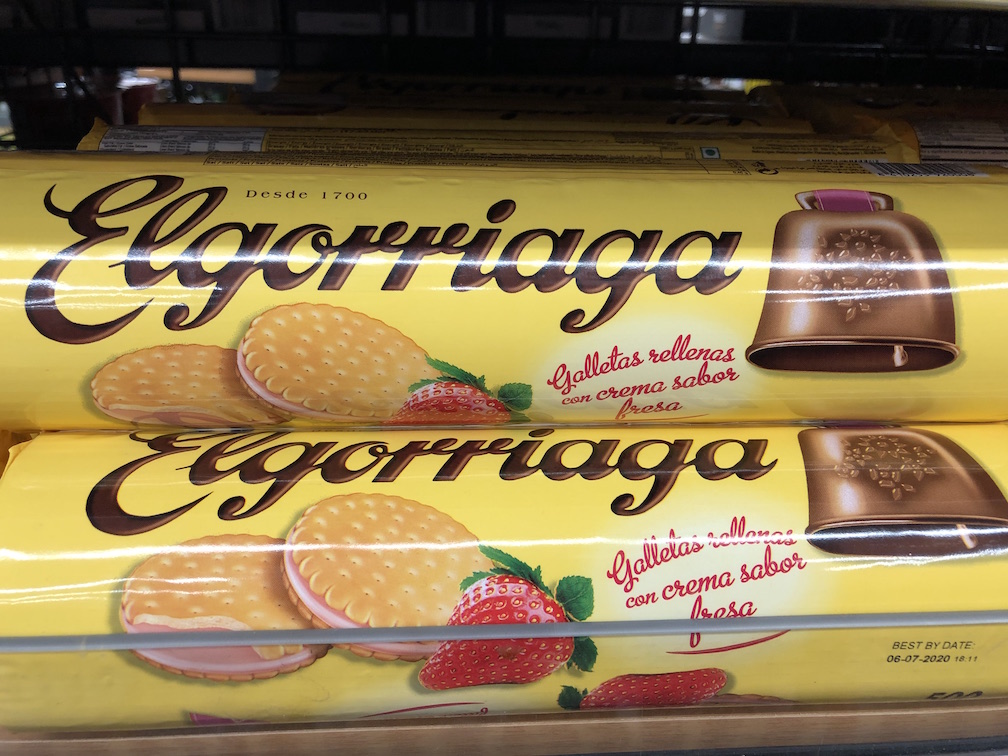
Found these at our local World Market. Elgorriaga, the first chocolate company in Spain, has been making chocolates since 1770. The company started in Irún, Gipuzkoa.

Aberri Eguna On! Happy Aberri Eguna!
Aberri Eguna, coinciding with Easter every year, is a celebration of the Basque Country. It has always had a political aspect, with events organized by the various Basque nationalist parties. However, it has also always had a cultural aspect, which has been more emphasized in Basque communities outside of the Basque Country. While it is not an official holiday, it has become the de facto Basque national holiday and, today, celebrations are often filled with sporting events, dancing, music, food, and drink.
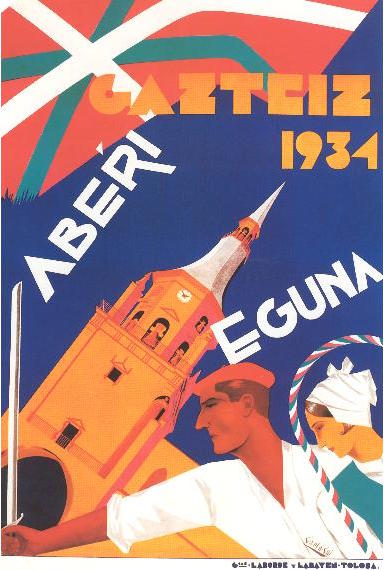
Primary Source: Caballero Basáñez, Carlos. Aberri-Eguna. Enciclopedia Auñamendi, 2019. Found at: http://aunamendi.eusko-ikaskuntza.eus/es/aberri-eguna/ar-6047/
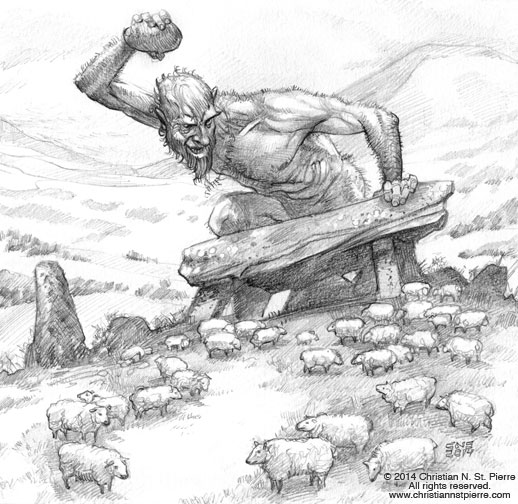
Basques are known for the strong Catholic devotion. However, the Basques are also known to have converted to Christianity relatively late. Before, they had a mythology that was based on various supernatural beings. One of those was the Jentilak, or race of giants. These beings, immense in size, existed before humans, though maybe co-existed with humans, at least in some tales. They had enormous strength and were responsible for the construction of many massive stone features, including churches, castles, bridges, and dolmens. They were said to be more Christian than the Christians. They suddenly died when a black cloud appeared in the sky and they fled to bury themselves.

Source: Hartsuaga Uranga, Juan Inazio; Hartsuaga Uranga, Juan Inazio. Gentiles. Enciclopedia Auñamendi [en línea], 2019. Available at: http://aunamendi.eusko-ikaskuntza.eus/es/gentiles/ar-62712/
Thanks to Lisa Van De Graaff for suggesting this topic as a Basque Fact of the Week. If you have a topic you’d like to suggest, just let me know!
Known as the Liberator, Simón Bolívar is a national hero to many South American countries. Under his leadership, Venezuela, Bolivia, Colombia, Ecuador, Peru, and Panama gained their independence from Spain. He also became president of what was then called Grand Columbia, encompassing the modern countries of Venezuela, Colombia, Panama and Ecuador. Inspired by the American and French revolutions, he envisioned a united Spanish America, though felt that it needed a stronger central government than the United States because of the more varied peoples. Though Bolívar dreamed of a united Spanish America, his dream failed, in part due to the political ambitious of others as well as the fear that he was establishing a dictatorship with him at the helm. He died in 1830 of tuberculosis, at the age of 47.

Primary source: Wikipedia.
In the United States, at least when I was a kid, we learned that the first person to circumnavigate the globe — to sail around the world — was Ferdinand Magellan. In reality, however, Magellan died in the Philippines, and he never made it all the way. He left Spain with 5 ships but only one ship, the Victoria, returned successfully to Spain. After many changes of leadership, it was Juan Sebastián Elcano who was leading the ship and the expedition when it finally arrived. For his efforts, in addition to a monetary reward, he was awarded a coat-of-arms with the slogan “primus circumdedisti me.”
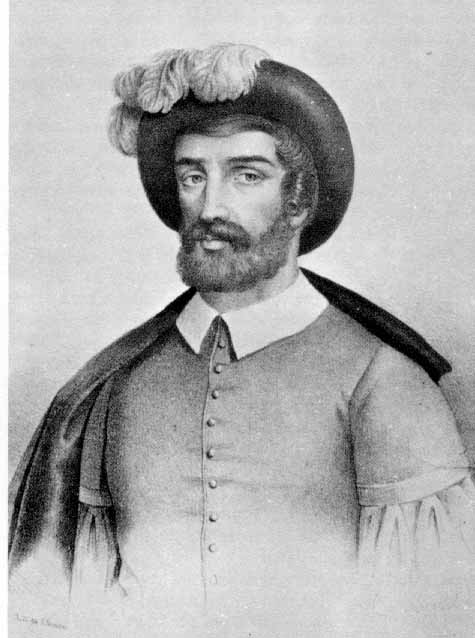
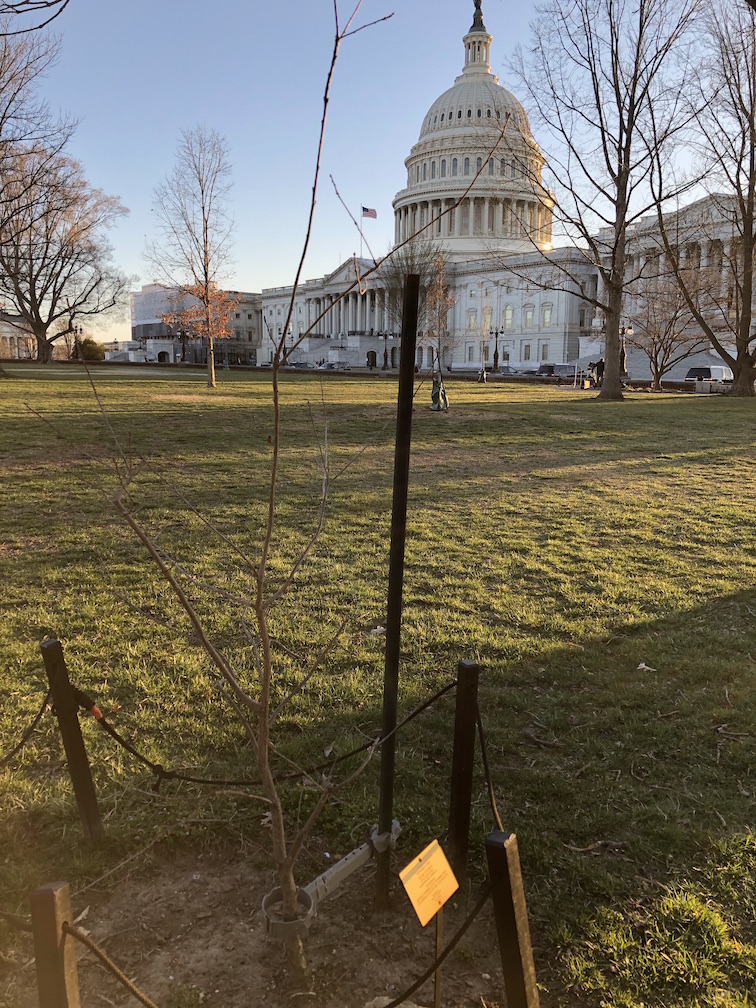
There is a sapling of the Tree of Gernika planted on Capitol Hill in Washington, DC. The planting was sponsored by Rep. John Garamendi in 2016. It took me a long time to find it, so here is a map for anyone else who wants to find it.

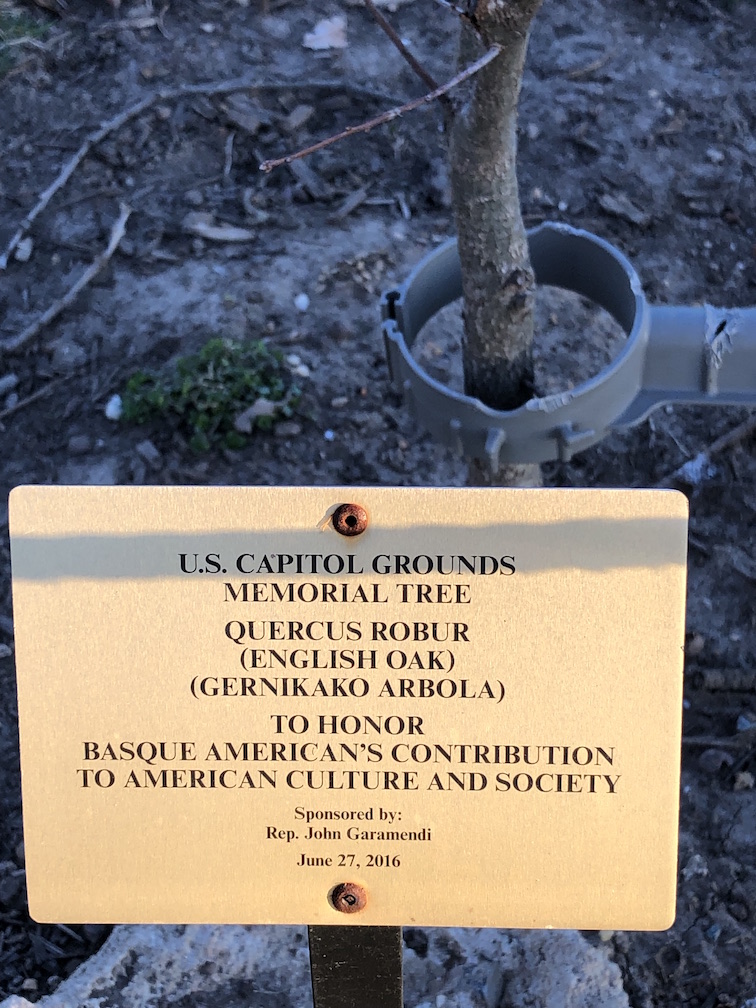

We are all familiar with the large waves of Basque migration to the Americas and Australia. But there was also a small group of Basques who immigrated to Wales, in the United Kingdom. They were recruited to the city of Dowlais, some 60 miles from Cardiff. They came to the region because of the steel industry, recruited because of their experience and expertise working in the Basque Country. A small neighborhood was established for them on Alphonso Street and their descendants are still a part of the community.
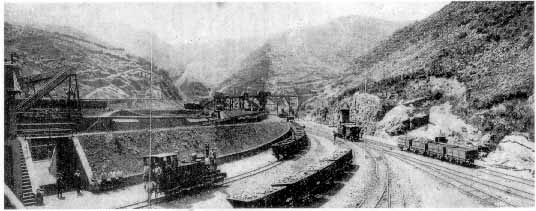
Primary source: Los ‘vascos de Dowlais’, emigrantes del carbón y el hierro en Gales, Deia, un reportaje de Óscar Álvarez Gila – Sábado, 2 de Marzo de 2019 – Actualizado a las 20:22h.
Did you know Zatarain was a Basque name? From Gipuzkoa, meaning either “over the vantage point” or “place where the elder grew.”

I first discovered this beer a few years ago during a trip to Florida, and found it again during our recent vacation….

An old Hagar the Horrible comic I found in the paper. Maybe not all that funny, except for where those arrows in his butt come from…
